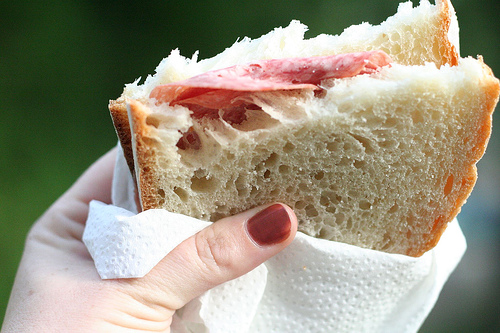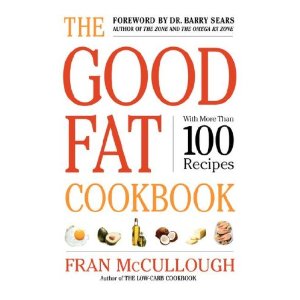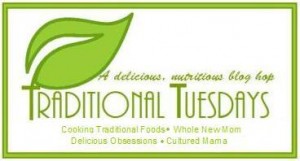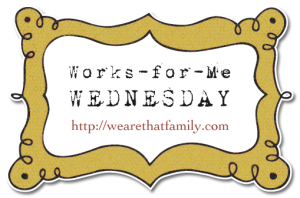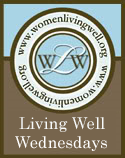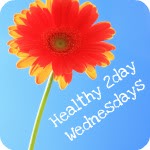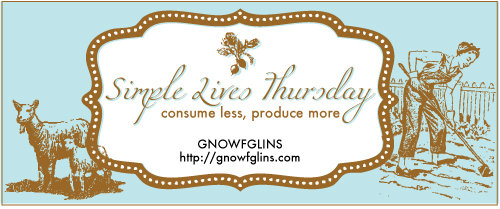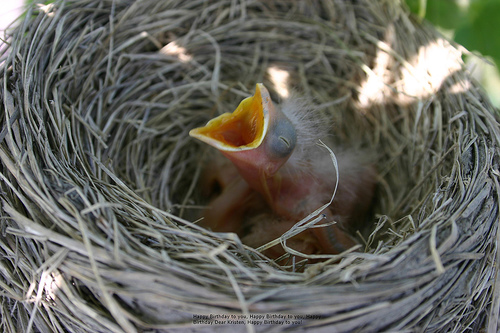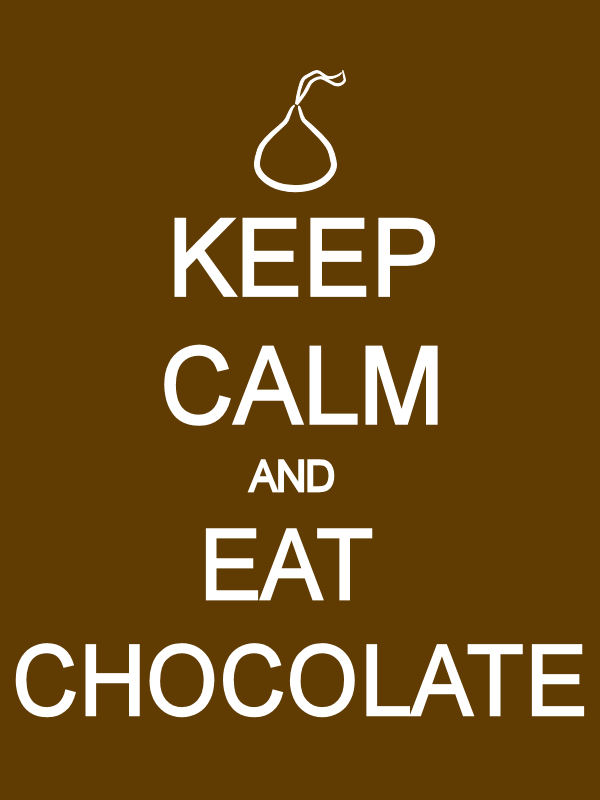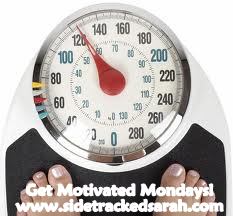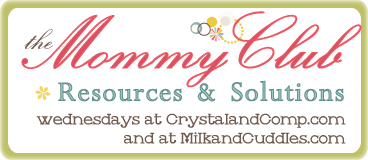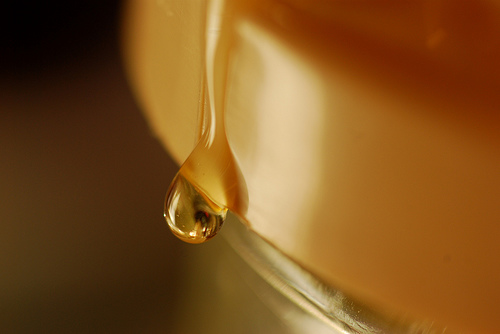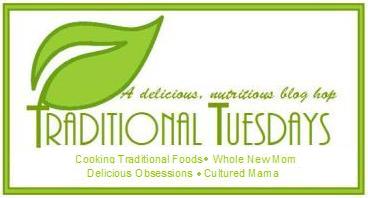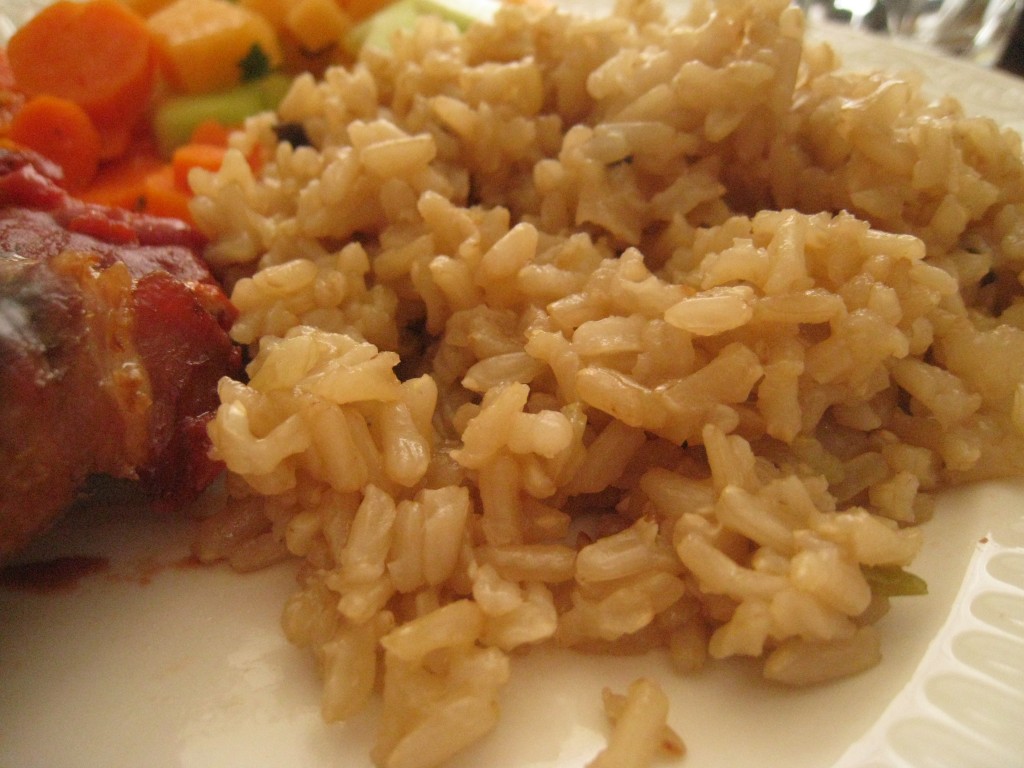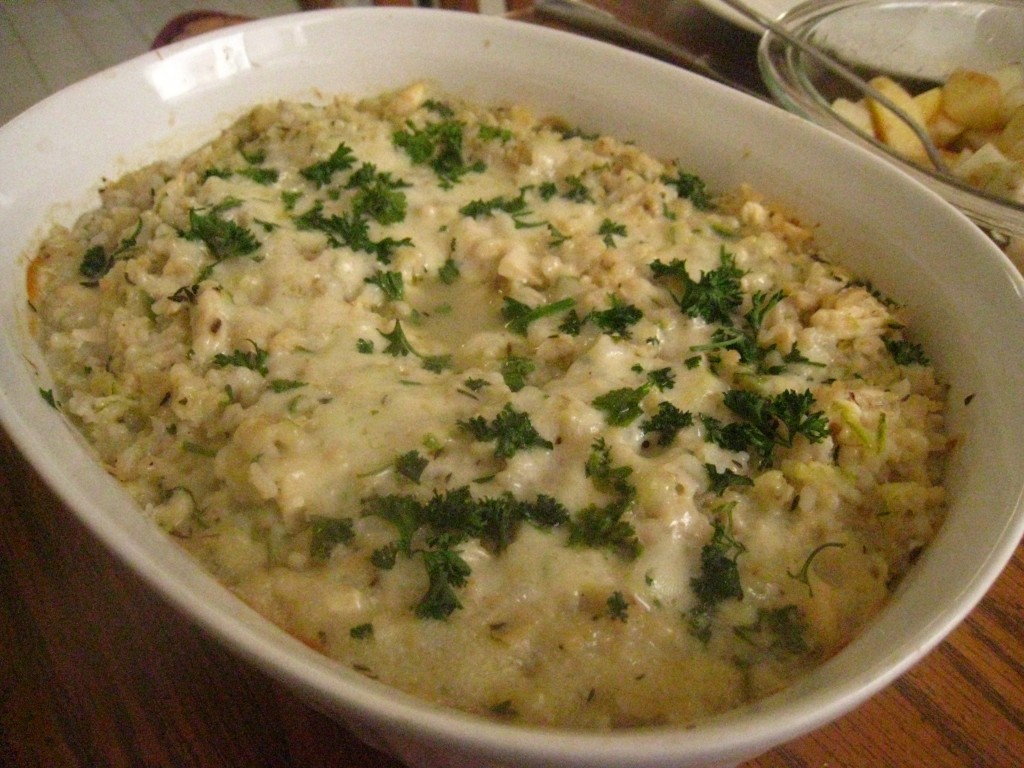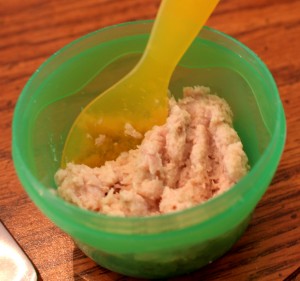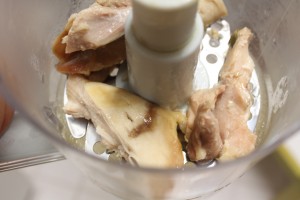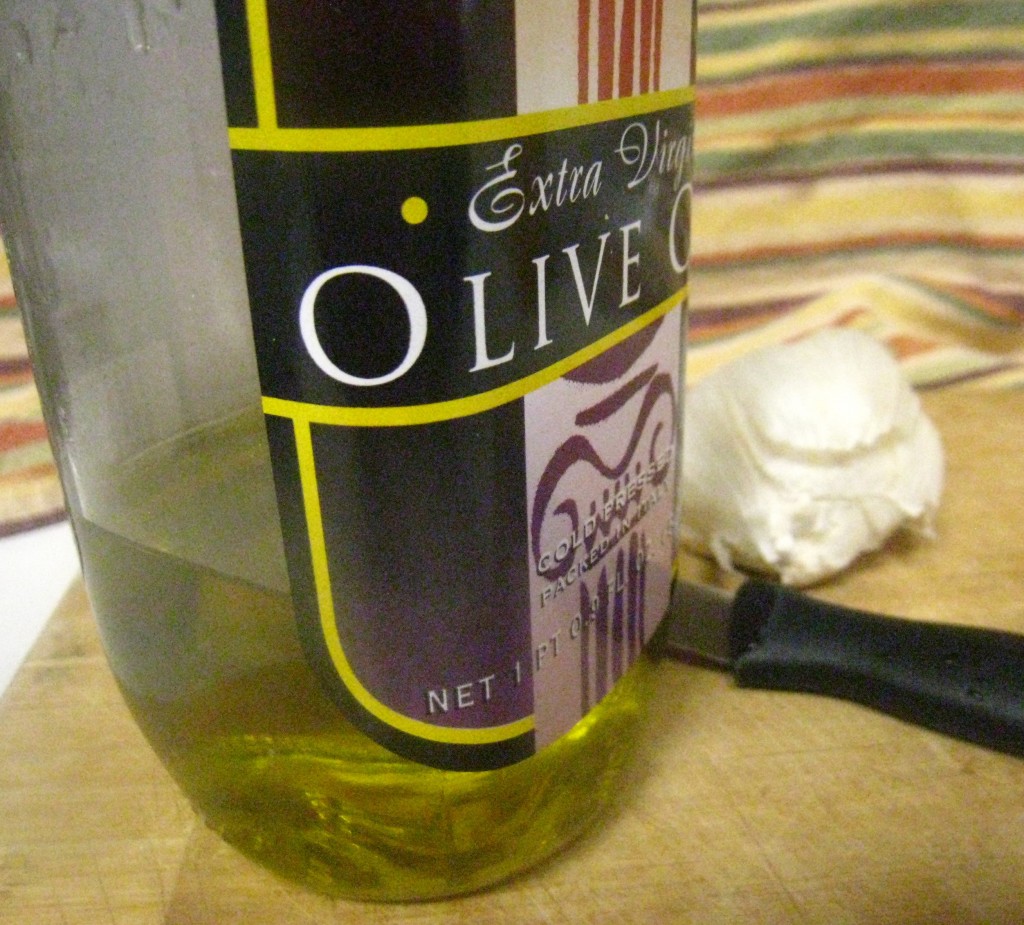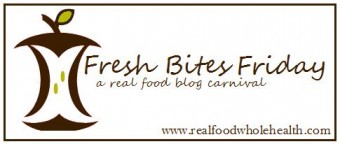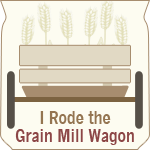
I struggled with low iron levels in both of my pregnancies, and it was particularly severe with my second. I learned more than I ever wanted to know about anemia and iron during that time, and now I am happy to share what I learned with you. Erin at The Humbled Homemaker is expecting her third little blessing any time now, and I was thrilled to help her out with a guest post as part of her Pregnancy: A Natural Phenomenon series. You can read all about my struggle and success with iron and anemia here.
Sharing at Simple Lives Thursday, Mommy Solutions, Your Green Resource, Tastetastic Thursday, Fight Back Friday, Freaky Friday, Friday’s Favorites, The Better Mom Monday, Homestead Barn Hop, Titus 2sDay

